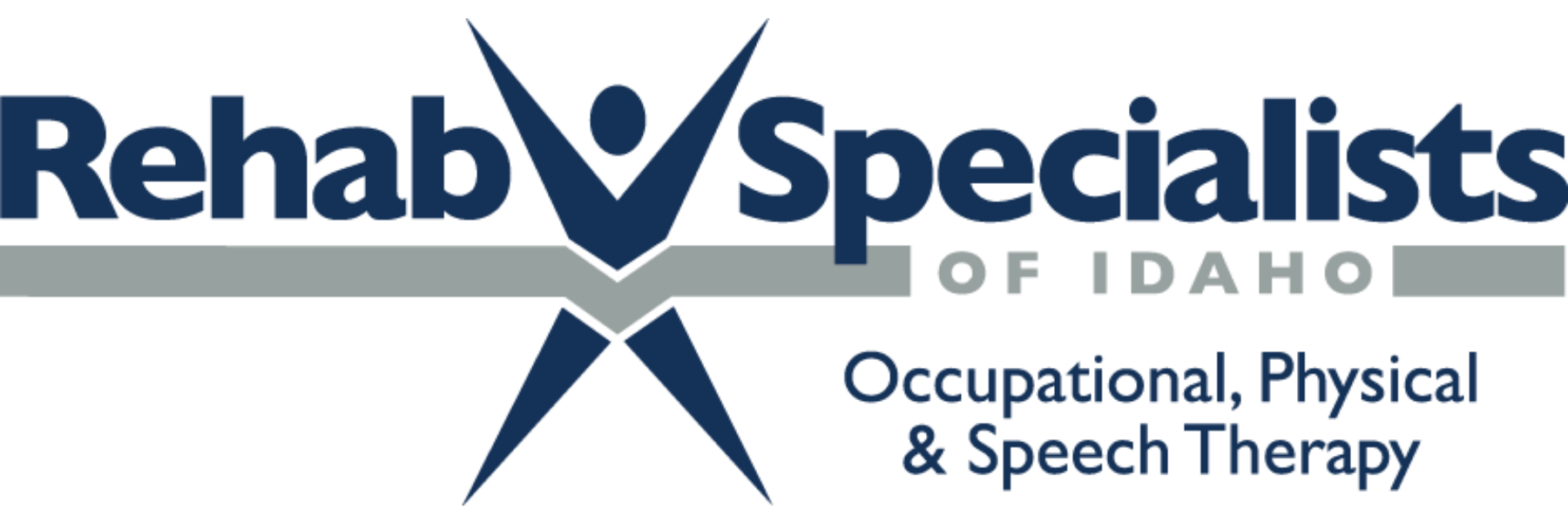Overheard in Speech Therapy: Orthographic Mapping
Put (kinda-sorta) plainly, orthographic mapping is how the brain memorizes and links the spelling of words to their pronunciations and their meanings. Orthographic mapping is a strategy for learning new sight-words in order to expand the set of words we can recognize instantly–without slowly decoding each part and sound.
It’s common for children in kindergarten to start memorizing sight-words, but if that basic skill isn’t developed and mapped in their brain properly at that early stage, then as an adult it will be impossible to map the 30,000 to 60,000 words that are required to be orthographically mapped to be a truly fluent reader.
“Orthographic mapping is a form of auditory fluency for letters and sounds to be stored in the brain,” said Sandy Reddish, one of the awesome speech-language pathologists at the RSI-Rigby Pediatric Clinic. “If a child doesn’t have the skill and is trying to read, then it’s like trying to chop down a tree with a dull ax. If the goal is to be a quick and efficient reader–they need the sharp ax–orthographic mapping–in order to accomplish it.”
You might not initially think of a speech-language pathologist (speech therapist) as the professional to bring your child to if reading continues to be difficult, but as experts in speech and language they commonly assess and provide intervention for students with reading and writing difficulties. If you have any reading fluency concerns with your child, contact any of our offices for a free screening.
Click here to read How to Know if Pediatric Speech Therapy is Needed

